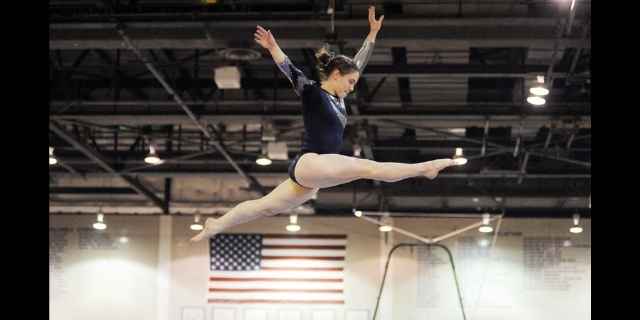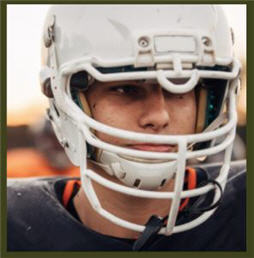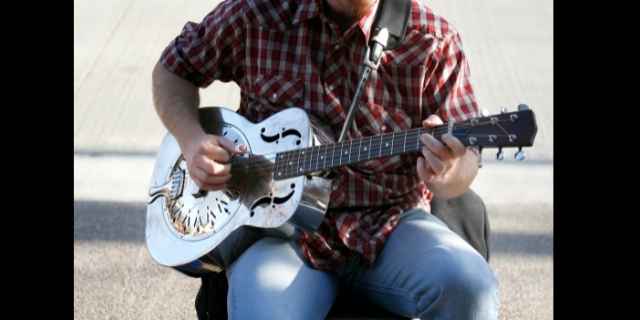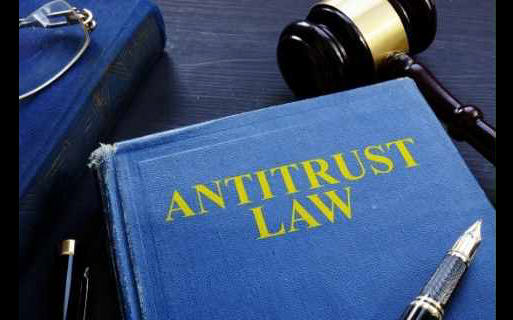The discussion about college players getting paid has been a hot topic for at least a decade.
College sports like football rake in massive amounts of money. Meanwhile, the players traditionally could only receive scholarships as a benefit.
This article looks at how the introduction of what’s known as NIL has made big changes to the college football landscape.
Why College Players Took Lawsuits Against The NCAA
The schools and colleges were getting massive income from tickets sales and television deals. But they were also profiting in other ways from their college students.
The colleges sold merchandise with players’ names and sometimes pictures on them.
Yet, the NCAA rules ensured that they did not share this income with the player whose name and image they were selling!
To add insult to injury, the players weren’t even allowed to have jobs of any type to make a little extra pocket money!
Thanks to a series of federal lawsuits the governing body of college football, the NCAA, has been forced to change how it deals with college athletes.

In particular, they’ve had to change how students can financially benefit from their athletic stardom in non-academic ways.
I’ll explain the two major lawsuits at the end of this article. But first, I’ll get into what the current situation is for college athletes.
What Is NIL? An Explanation Of Name, Image, and Likeness
You’ve probably heard or read about NIL in the context of college payments. NIL stands for Name, Image, and Likeness.
This was the first real hot-button issue in the area of players’ earning ability.
NIL refers to the player’s ability to make money from selling their name and making appearances. It includes selling merchandise or services using their name and/or likeness.
Shifts in public opinion
Many college football fans like the idea of the sport and players being protected from the dangers of big money. Older sports fans (including myself) have a fondness for the ideals of amateurism.
However, the issue of player names and images began to turn the tide of public opinion against the NCAA.
Even the staunchest supporters of amateurism struggle with the idea of the schools selling merchandise with a player’s name on it without paying the players for their faces.
Current State Of NIL
While the lawsuits were raging, the NCAA repeatedly asked the United States Congress to pass NIL laws. This may be because they thought that Congress would be very restrictive.

However, Congress has not done so.
While the NCAA was delaying in the courts, individual states started passing their own laws.
Currently, there is a patchwork of state, conference, and school rules regarding NIL that the player has to follow. However, the practice is banned virtually nowhere.
In the competition for star prospects, the last thing any school wants to do is make the players lose money by choosing their school!
Where there are state laws, they tend to be more restrictive than the new NCAA rules.
But many states have no law restricting a player’s ability to profit.
What Are Players Not Allowed To Do Under NIL?
The restrictions that exist are quite light. However, a player who violates them might face penalties from their school.
Restrictions can include:
- the duration of the contract
- banning performance-based contracts
- banning certain types of industries.
For example, a common restriction is that players can’t take contracts from the Adult Industry.
How NIL Is Working For Big Stars
You may be surprised to learn that many of the biggest earners under NIl are not even in the revenue-generating sports of football and men’s basketball!
LSU and Team USA gymnast Olivia Dunne is expected to be one of the top earners among college athletes. Her endorsement deals are estimated to run as high as four million dollars!

Dunne is a social media sensation with over five million followers over multiple platforms.
The first famous deal was signed by Fresno State women’s basketball players Haley and Hanna Cavinder. Their deal was announced on a billboard in Times Square.
What About College Football Players?
High-profile Division One football players are also putting NIL to good use.
Alabama’s quarterback is reputedly making just under two million dollars a year.
Several other college football stars are in a similar situation. It’s difficult to put hard numbers to the deals as the exact amounts are private contracts. But the brands and sponsorships sometimes like to leak information!

Many players have started their own brands. This allows them to sell merchandise while retaining control of how their images are used.
What About Non-Stars?
These big deals only go to a privileged few. What about everyone else?
For the majority of college athletes, this rule probably changes little or nothing. A division three lacrosse player is not likely to get a national endorsement deal from anyone.
For others, it’s a very modest boost. A player can now get a little cash to show up at an event for a local business. Maybe a restaurant will give the football team free meals because they like the image boost of having the team at their restaurant.
Less famous players may also get deals with smaller, local businesses. A car dealership may not be able to afford a deal with Alabama’s quarterback, but they might do a small deal with the offensive line or the kicker. Payments can be cash, gift certificates, or even a burrito!
Lucky Bill gets luckier!
Marshal offensive lineman Will Ulmer is an interesting case.
In addition to being a football lineman, Ulmer is a country music performer.

Before the current rules, Ulmer couldn’t use his legal name when playing shows. It violated NCAA rules to promote his music under his family name. This is just another example of how ludicrous the old NCAA rules could be.
Ulmer had to sneak around and do his gigs as “Lucky Bill”!
Now, he can play under his real name.
Will Pay-To-Play Be Introduced?
What about just paying the players’ salaries, as the professional teams do?
This isn’t allowed by the NCAA rules right now. But it’s definitely something that everyone has an eye on.
Without intervention by Congress, it’s hard to see how the NCAA’s refusal to pay players in the revenue generation sports could withstand scrutiny by the courts in light of the decision in Alston.
First Legal Challenge – O’Bannon
We’ve referred to several lawsuits that brought about NIL. I’ll get into them briefly now.
The initial legal challenge came in the case of O’Bannon v. NCAA.
In this case, former UCLA basketball player Ed O’Bannon became the lead plaintiff of a group suing the NCAA for illegally using their likenesses by licensing it for the video game NCAA Basketball 09.

The federal courts found for the plaintiffs, stating that the NCAA was violating antitrust laws.
Second Legal Challenge – Alston
Shawne Alston played football at West Virginia from 2011 to 2013. Alston majored in criminology and went on to work at the Virginia Department of Juvenile Justice.
This interest in law and justice surely led to his decision to take on the NCAA.
Alston and other former college athletes filed a lawsuit. We have a separate article that explains the Alston v. NCAA case in plain English.
I’ll summarize here by saying that the Supreme Court made it very clear that the NCAA had no exemption to federal antitrust laws.
In his concurring opinion, Justice Kavanaugh stated that price-fixing labor was price-fixing labor no matter who was doing it.
Ominously for the NCAA, the Supreme Court Justice added that the organization was not above the law.
Just a few days after the Alston decision, the NCAA passed a rule allowing players to profit from NIL.
Most observers believe this is a direct result of the decision in Alston.